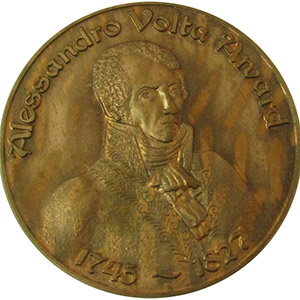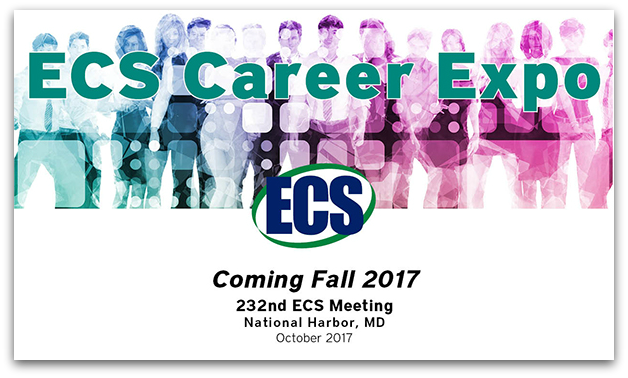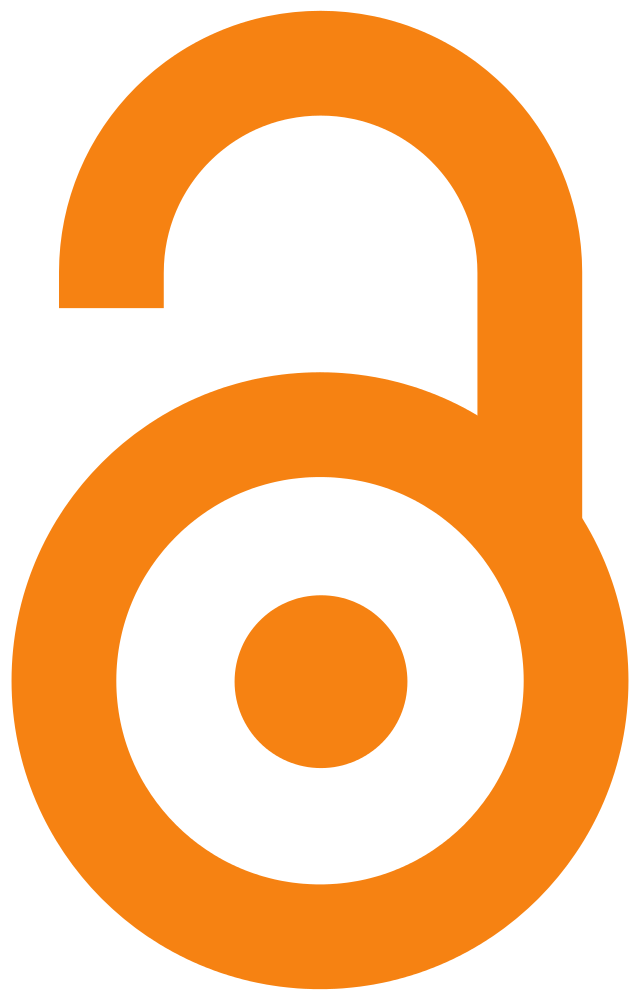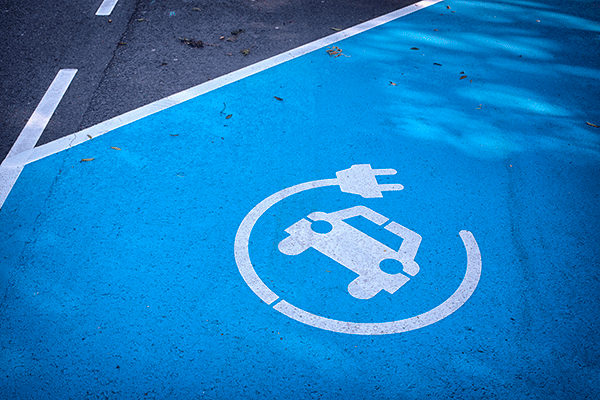 Nomination Deadline: September 1, 2017
Nomination Deadline: September 1, 2017
You are invited to nominate qualified candidate(s) for the Europe Section Alessandro Volta Medal.
The Europe Section Alessandro Volta Medal was established in 1998 to recognize excellence in electrochemistry and solid state science and technology research. The award consists of a silver medal and a $2,000 prize. The next award will be presented at the 234th ECS Meeting (as part of AiMES) in Cancun, Mexico in October 2018. Explore the full award details on the ECS website prior to completing the electronic application.
P.S. The Europe Section Alessandro Volta Medal is part of the ECS honors and awards program, one that has recognized professional and volunteer achievement within our multidisciplinary sciences for decades. Learn more about various forms of recognition and those who share the spotlight as past award winners.


 Science is messy, but it doesn’t have to be dirty.
Science is messy, but it doesn’t have to be dirty.
 On June 21, publishing giant Elsevier won a legal judgement against websites like Sci-Hub, which illicitly offer access to over 60 million academic articles. The court ruled in Elsevier’s favor, awarding the publisher $15 million in damages for copyright infringement.
On June 21, publishing giant Elsevier won a legal judgement against websites like Sci-Hub, which illicitly offer access to over 60 million academic articles. The court ruled in Elsevier’s favor, awarding the publisher $15 million in damages for copyright infringement. Using energy stored in the batteries of electric vehicles to power large buildings not only provides electricity for the building, but also increases the lifespan of the vehicle batteries, new research shows.
Using energy stored in the batteries of electric vehicles to power large buildings not only provides electricity for the building, but also increases the lifespan of the vehicle batteries, new research shows. A new development in electrolyte chemistry, led by ECS member
A new development in electrolyte chemistry, led by ECS member  The
The 
 Researchers have developed a new kind of semiconductor alloy capable of capturing the near-infrared light located on the edge of the visible light spectrum.
Researchers have developed a new kind of semiconductor alloy capable of capturing the near-infrared light located on the edge of the visible light spectrum.